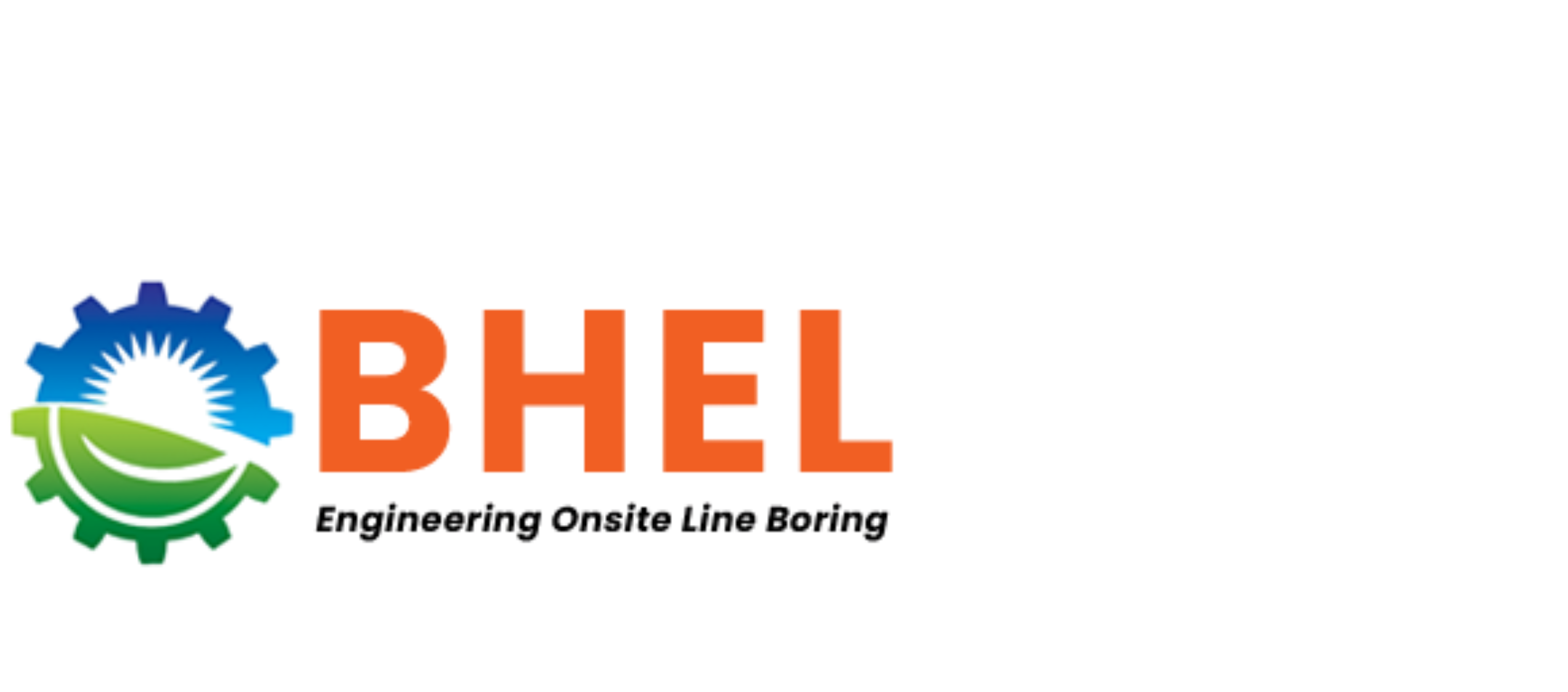When it comes to heavy machinery, two components that often get overlooked — but play a major role in performance — are bushes and bearings.
Both help reduce friction, support loads, and ensure smooth movement between mechanical parts.
However, they serve different purposes and require different maintenance approaches.
Understanding the difference between bushes and bearings, and knowing when to replace them, can save you from costly downtime and prevent major mechanical failures.
Let’s break it down.
What Is a Bush (or Bushing)?
A bush is a simple, cylindrical sleeve that acts as a lining for a hole where a rotating or sliding shaft passes through.
Its main job is to reduce friction and wear between the moving shaft and the housing.
Bushes are usually made from materials like bronze, steel, or composite polymers, depending on the load, speed, and environment of the machinery.
Common Uses of Bushes
- Excavator arms and booms
- Loader pivot joints
- Quick hitches and bucket linkages
- Grader rings and pin joints
Bushes are ideal for high-load, low-speed applications, where durability and resistance to dirt or debris are essential.
What Is a Bearing?
A bearing is a more complex component that allows rotation or linear movement with minimal friction.
Unlike bushes, bearings contain rolling elements such as balls, rollers, or needles that help distribute loads more efficiently.
They are commonly made from hardened steel and designed to handle both radial and axial loads.
Common Types of Bearings
- Plain bearings – smooth movement without rolling elements
- Spherical bearings – allow movement in multiple directions
- Tapered bearings – designed to handle combined loads
Bearings are used in high-speed applications like rotating shafts, drive systems, and motors — where precision and alignment are crucial.
Key Differences: Bush vs. Bearing
| Feature | Bush (Bushing) | Bearing |
|---|---|---|
| Design | Solid or split cylindrical sleeve | Contains rolling elements (balls, rollers, etc.) |
| Movement Type | Sliding or pivoting | Rolling or rotating |
| Speed Tolerance | Ideal for low-speed, high-load | Best for high-speed, precision operations |
| Maintenance | Simple to replace, less complex | Requires precise installation and lubrication |
| Cost | Generally lower | Usually higher due to design complexity |
When to Replace Bushes or Bearings
No matter how durable they are, both bushes and bearings wear out over time.
Recognizing the warning signs early helps avoid expensive repairs and downtime.
Replace Bushes When You Notice:
- Excessive play or looseness in joints
- Uneven movement or misalignment
- Visible scoring, cracks, or deformation
- Increased vibration or noise
Replace Bearings When You Notice:
- Grinding or squealing noises during operation
- Overheating or excessive friction
- Shaft misalignment or movement restriction
- Metal particles in grease or visible wear marks
Ignoring these signs can cause further damage to shafts, housings, or connected components — resulting in a much bigger repair bill.
Why Timely Replacement Is Essential
Replacing worn bushes or bearings at the right time ensures:
- Smooth operation and reduced friction
- Extended lifespan of machinery
- Improved safety and accuracy
- Lower repair and maintenance costs
Whether you’re working in mining, civil, or industrial environments, maintaining these components keeps your equipment reliable and efficient.
How BHEL Engineering Can Help
At BHEL Engineering, we specialise in on-site bush and bearing inspection, removal, and installation for all types of heavy machinery.
Our team ensures:
✅ Correct fitment and tolerance
✅ Proper lubrication and alignment
✅ Fast turnaround to minimise downtime
✅ OEM-level precision and documentation
We service Perth, Goldfields, Pilbara, Newman, and surrounding regions — bringing quality, reliability, and 20+ years of experience directly to your site.
Final Thoughts
Both bushes and bearings are vital for the performance and longevity of your heavy machinery.
Understanding their differences — and acting quickly when wear appears — can prevent downtime, protect your investment, and keep your equipment performing at its best.
If you suspect worn bushes or bearings, don’t wait until it fails.
Contact BHEL Engineering today for expert on-site assessment and installation — done right, the first time.


